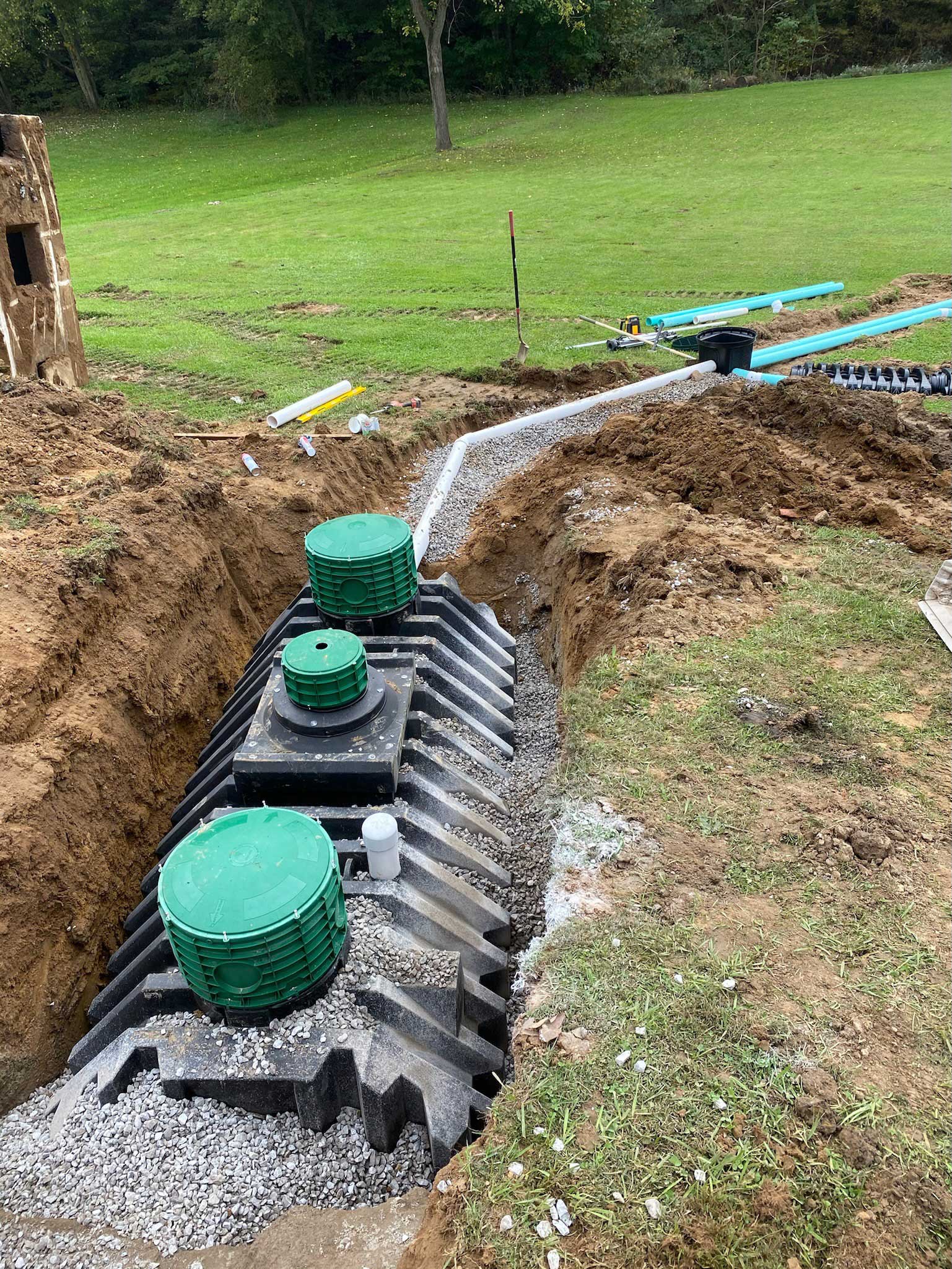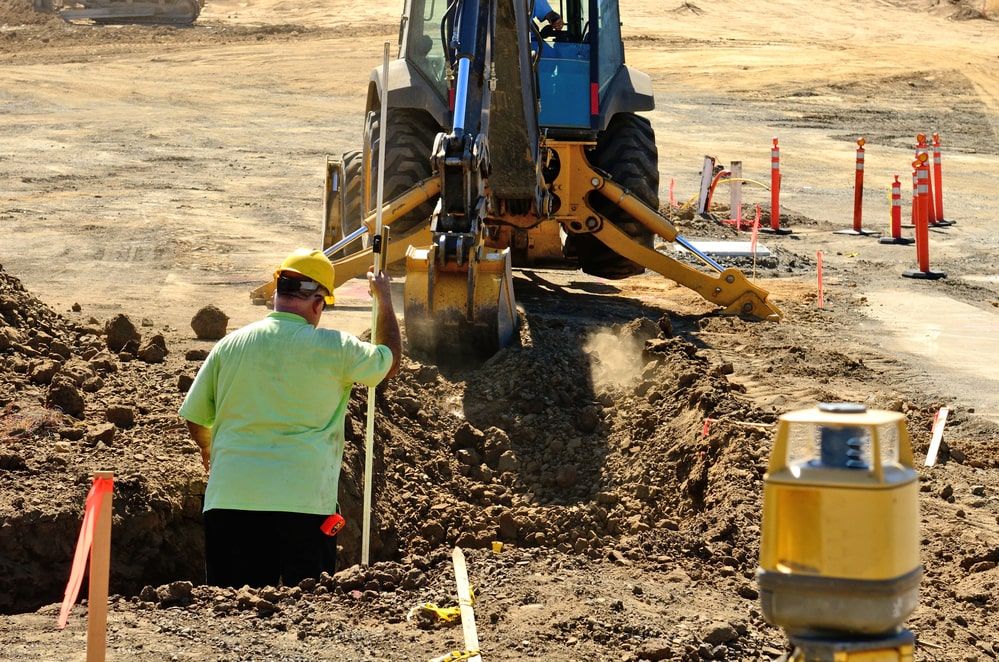Excavating Ohio - Leading Excavation Specialists for Ohio Projects
Comprehensive Exploration: The Science Behind Superior Excavation Practices
The realm of excavation practices is a domain where scientific research links with craftsmanship to uncover the mysteries hidden under the earth's surface area. From ancient hand tools to contemporary hydraulic excavators, the evolution of excavation techniques has been a testimony to human resourcefulness and technological developments. Nevertheless, what absolutely establishes superior excavation methods apart is a deep understanding of geological principles, combined with the application of cutting-edge tools and methods. By discovering the scientific research behind these techniques, we can reveal the keys that exist underneath our feet and value the precision and experience that go right into every dig.
Development of Excavation Techniques
Throughout background, the development of excavation techniques has actually played a crucial duty ahead of time building practices and historical discoveries. From the rudimentary devices utilized by our ancestors to the innovative machinery employed in contemporary times, the progression of excavation approaches has actually substantially transformed just how we approach numerous jobs.
In old times, manual work with basic devices such as shovels, pickaxes, and wheelbarrows was the main method of excavation. This labor-intensive procedure limited the depth and extent of excavations, typically resulting in sluggish progression and restricted accessibility to certain websites. As people progressed, so did the methods and devices made use of for excavation.
The Industrial Transformation noted a turning point in excavation methods with the intro of steam-powered machinery. In modern times, technology plays a pivotal duty in excavation, with developments like GPS systems, drones, and 3D scanning enhancing accuracy and performance in the area.
Duty of Modern Technology in Excavation

The assimilation of advanced technology has basically changed the area of excavation, improving precision and efficiency to unmatched degrees. Among the key technological improvements that has actually considerably impacted excavation techniques is the use of GPS systems. These systems allow for precise mapping of excavation websites, allowing operators to properly find below ground energies and structures. In addition, making use of telematics in excavation equipment has actually enabled real-time surveillance of maker performance, bring about positive upkeep and enhanced functional efficiency.
Furthermore, the development of 3D modeling and simulation software has structured the preparation process for excavation tasks. Drivers and engineers can now picture the entire excavation process before beginning, recognizing potential difficulties and maximizing operations. Along with this, the application of drones in excavation activities has actually promoted aerial surveys, volumetric measurements, and website examinations with unmatched speed and accuracy.
Geological Principles in Excavation
An understanding of geological concepts is crucial for ensuring the structural stability and security of excavation websites. Geological aspects play a crucial role in identifying the expediency and security of excavation jobs (lancaster excavation). One essential geological principle to think about is the kind of dirt or rock existing at the website. Different soil kinds, such as sand, crushed rock, or clay, have varying levels of stability and require different excavation techniques. For example, natural dirts like clay might need additional support my sources to protect against collapses, while sandy dirts might be prone to erosion throughout excavation.
Moreover, the geological structure of the area, consisting of faults, cracks, and rock developments, should be carefully analyzed to determine potential threats and difficulties. Excavating near geological fault or unsteady rock developments can cause instability and potential threats. By carrying out extensive geological studies and analysis, designers and excavators can develop approaches to reduce threats and make certain the successful conclusion of excavation tasks. Ultimately, including geological principles right into excavation methods is crucial for attaining safe, reliable, and sustainable results.

Newest Tools for Excavation
In the realm of excavation methods, modern advancements in tools have changed the performance and precision of excavation processes. These drones can give thorough airborne surveys of excavation websites, using real-time data on topography and potential threats.
One more cutting-edge tool obtaining appeal is the implementation of 3D printing modern technology for producing customized check my blog excavation equipment. This permits the production of specialized tools that are customized to the particular requirements of a task, enhancing effectiveness and lowering downtime.
Moreover, advancements in products science have actually resulted in the growth of stronger and more sturdy excavation devices. dump truck companies in ohio. Tungsten carbide-tipped excavator add-ons, for example, offer premium efficiency in difficult ground conditions, boosting productivity on-site
Science's Effect on Excavation Practices

In addition, innovations in products science have brought about the development of stronger, more sturdy excavation tools and equipment. For circumstances, the usage of composite materials in shovels this website and miners has improved their efficiency and long life, eventually enhancing performance on excavation websites. Furthermore, scientific research study on soil auto mechanics and geotechnical engineering has actually provided useful insights right into dirt habits, permitting excavation experts to make enlightened decisions pertaining to excavation methods and dirt stabilization methods. Overall, science remains to drive development and renovation in excavation practices, making excavation jobs extra efficient, cost-efficient, and sustainable.

Final Thought
To conclude, the advancement of excavation strategies has actually been substantially affected by innovations in technology and a deeper understanding of geological concepts. The current devices and devices utilized in excavation have actually boosted effectiveness and precision in the field. The application of clinical expertise has actually substantially improved excavation practices, leading to much more lasting and effective approaches for digging deep into various kinds of products.
In the realm of excavation methods, contemporary advancements in tools have reinvented the effectiveness and precision of excavation processes. By leveraging scientific principles, the excavation industry has been able to significantly boost performance, precision, and security in excavation processes. GPR allows excavation groups to non-invasively check and map subsurface structures, utilities, and prospective risks, allowing them to intend excavation jobs with higher accuracy and lowered risk of crashes.
In addition, clinical research on soil mechanics and geotechnical engineering has actually provided valuable insights into dirt behavior, enabling excavation professionals to make informed choices concerning excavation approaches and dirt stabilization techniques. On the whole, science proceeds to drive advancement and enhancement in excavation techniques, making excavation jobs more reliable, economical, and sustainable.